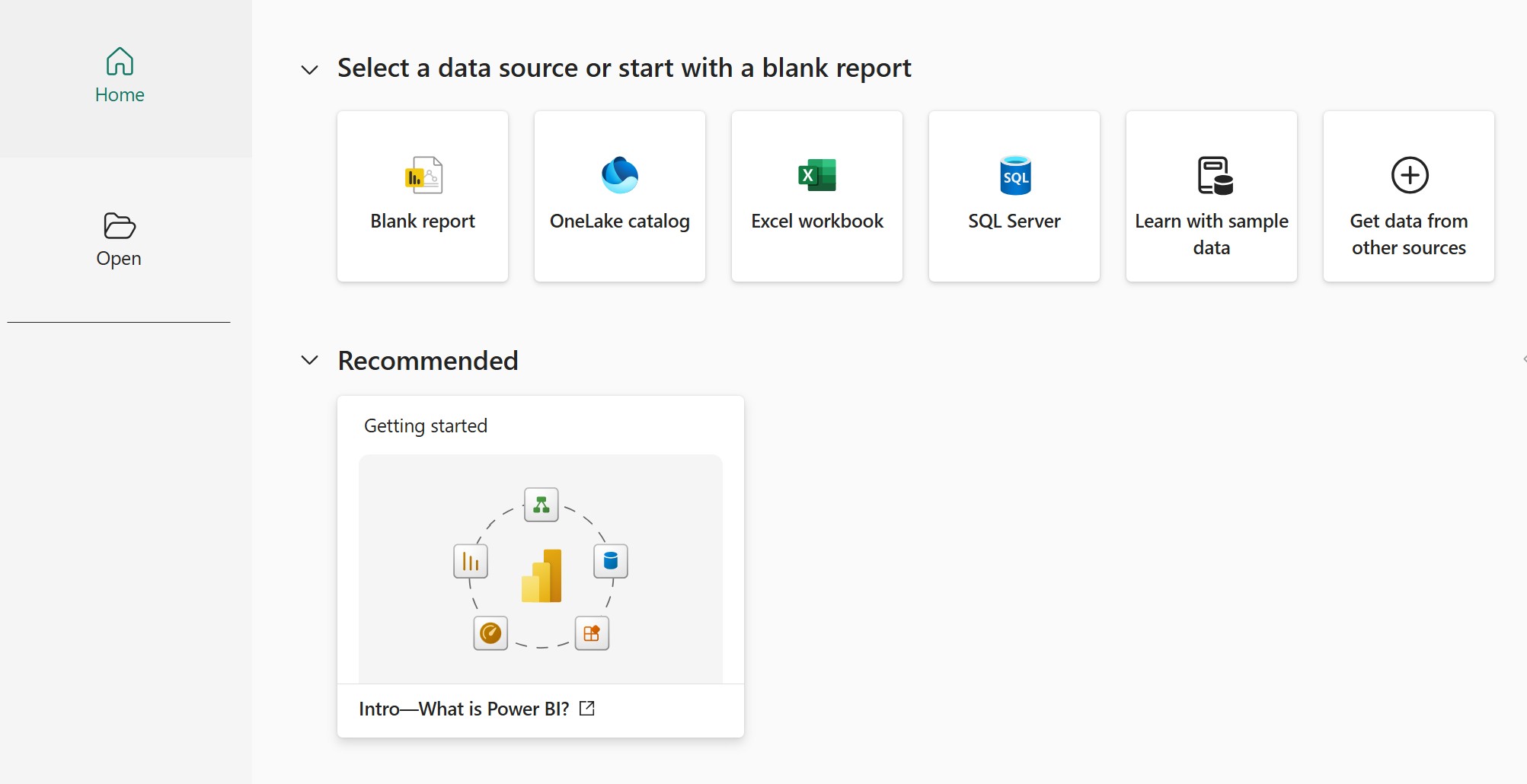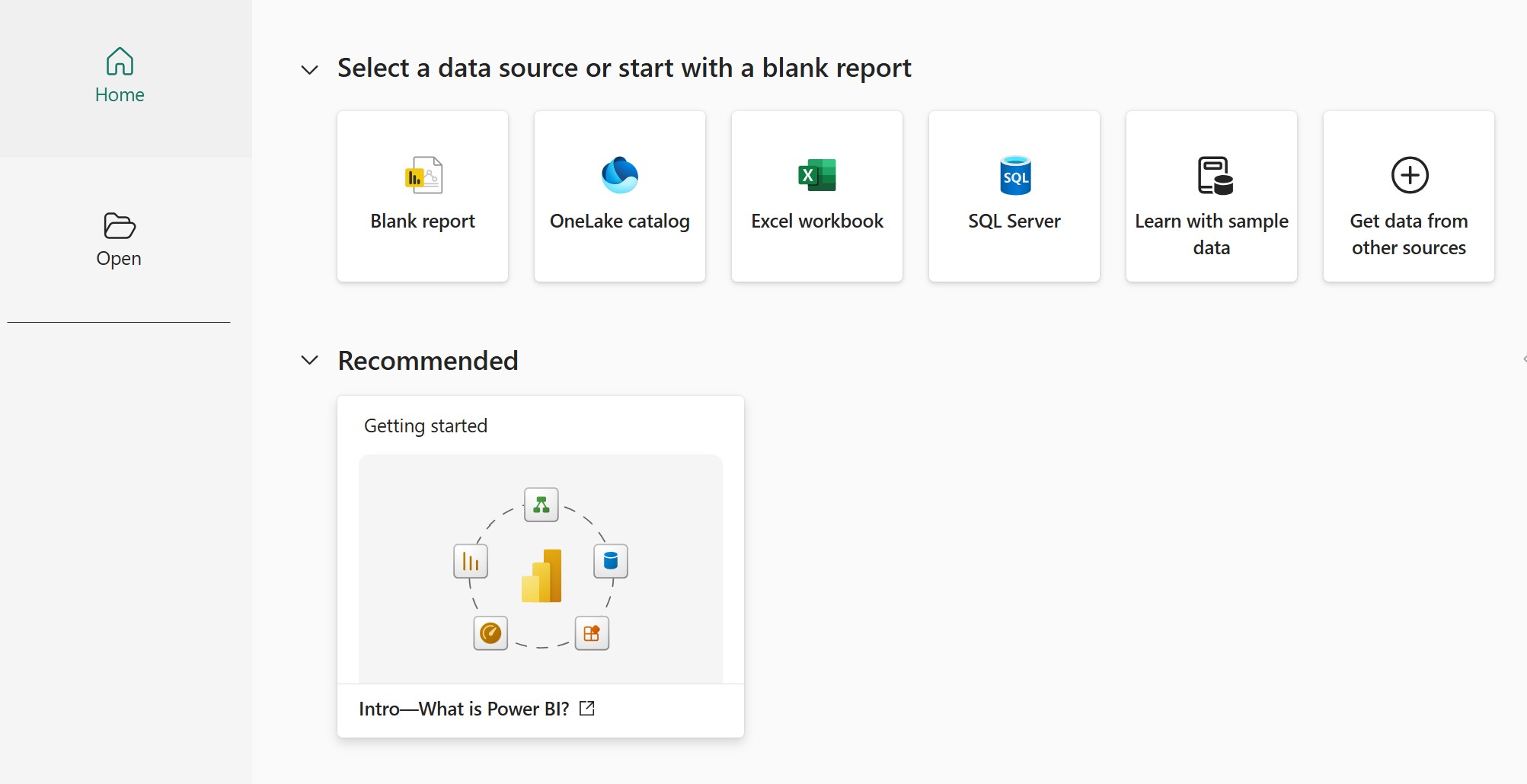Power BI Series at Skli.ai : We don't just provide answers, we build understanding by making complex knowledge digestible and personalized.
Skli.ai uniquely excels in the Research and Understanding Phase of knowledge work—where other AI systems merely generate content, we specialize in breaking down complex information into structured, comprehensible formats. Our platform transforms uploaded texts and videos into customized learning resources: comprehensive summaries, intuitive mind maps, targeted flashcards, organized learning notes, and relevant study questions.
The data revolution waits for no one. Whether you're pursuing PL-300 certification or strengthening your organization's analytics, this series delivers practical Power BI skills you can apply today. At Skli.ai, we transform complex data concepts into real-world results. Let's dive in.
Introduction
The data revolution waits for no one. Power BI, Microsoft's comprehensive business intelligence and data visualization platform, stands at the forefront of this revolution, transforming raw data into interactive insights that drive informed decision-making. As organizations increasingly rely on data-driven approaches, Power BI has emerged as one of the leading business intelligence solutions in the market.
This article explores what Power BI is, its core components, key benefits and advantages, and how it compares to other BI tools in the market. Whether you're pursuing certification or strengthening your organization's analytics capabilities, understanding Power BI's full potential can help transform complex data concepts into real-world results.
What is Power BI?
Power BI is a comprehensive business intelligence and data visualization platform that enables organizations to connect to diverse data sources, process information, and create compelling visualizations. It bridges the critical gap between raw business data and actionable intelligence, allowing users at all levels to understand complex data relationships at a glance.
The Three Pillars of Power BI
Power BI's architecture rests on three fundamental pillars that work together to deliver its powerful capabilities:
| Component | Description | Key Technologies | Business Value |
| Data Integration | Connects and consolidates data from multiple sources | Connectors for 100+ data sources | Creates a unified view across previously siloed information |
| Data Processing | Transforms raw data into analysis-ready formats | Power Query (M language), Power Pivot (DAX) | Ensures accuracy and consistency of insights |
| Data Presentation | Creates interactive visualizations and dashboards | Visualization engine, report canvas | Enables quick identification of trends and patterns |
Data Integration
Purpose: Bridges the gap between scattered data sources and analytical capabilities.
Power BI excels at connecting to a wide variety of data sources, both on-premises and in the cloud, including:
- Databases: SQL Server, Azure SQL Database, Oracle, MySQL, etc.
- Cloud services: Azure, Salesforce, Google Analytics, etc.
- Files: Excel, CSV, XML, JSON, PDF
- Web APIs: REST services and other web-based data sources
This flexibility allows organizations to consolidate data from disparate sources into a single platform for analysis, creating a unified view of business information. Without robust data integration, organizations remain limited to fragmented views of their business data.
Data Processing
Purpose: Converts raw data into clean, structured information ready for analysis.
Power BI's Power Query functionality serves as a robust ETL (Extract, Transform, Load) tool that enables users to:
- Cleanse data: Remove errors, inconsistencies, and duplicates
- Shape data: Rename columns, change data types
- Transform data: Apply calculations, aggregations, and transformations
- Combine data: Join, append, and merge data from multiple sources
The two primary tools for data processing are:
- Power Query with M language for data transformation
- Power Pivot with DAX for data modeling
These capabilities ensure that your data is accurate and in the right format for analysis, reducing the time spent on data preparation.
Data Presentation
Purpose: Translates complex data into intuitive visual representations.
Power BI offers an extensive library of interactive visualizations, including:
- Charts: Bar charts, line charts, pie charts, scatter plots, maps, treemaps, etc.
- Tables and matrices: For detailed data presentation.
- Gauges, KPIs, and cards: For monitoring key metrics.
- Custom visuals: Available from the Power BI marketplace
These visuals are highly interactive, allowing users to drill down into the data, filter, highlight, and explore different perspectives, uncovering hidden patterns and trends. The presentation layer includes:
- Interactive reports
- Dashboards
- Paginated reports
- Drill-down capabilities
- Cross-filtering functionality
- Custom visualization options
Business Problems Solved by Power BI
| Challenge | Power BI Solution | Business Outcome |
| Data Overload | Transforms complex data into intuitive visuals | Faster pattern recognition and insight discovery |
| Isolated Data Sources | Connects and integrates multiple data systems | Comprehensive view of business operations |
| Delayed Reporting | Real-time dashboards and automated refreshes | Timely decision-making based on current data |
| Technical Barriers | Self-service interface with guided analytics | Democratized data access across the organization |
| Inconsistent Analysis | Centralized data models with governed metrics | Single source of truth for business metrics |
| Static Reporting | Interactive visualizations with exploration capabilities | Deeper insights through data exploration |
Key Benefits and Advantages of Power BI
1. Advanced Data Modeling
Power BI allows users to create sophisticated data models that:
- Define relationships between tables
- Create calculated columns and measures using DAX
- Optimize data for analysis
- Support complex analytical scenarios
2. DAX (Data Analysis Expressions)
DAX is a formula language specifically designed for data analysis in Power BI. It enables users to:
- Perform complex calculations
- Create custom metrics
- Filter data based on specific conditions
- Conduct time intelligence analysis (year-over-year, month-over-month, etc.)
3. Collaboration and Sharing
Power BI facilitates collaboration and sharing of insights with colleagues through:
- Dashboards: Create dashboards that provide a high-level overview of key metrics and KPIs
- Reports: Develop interactive reports that allow users to explore the data in detail
- Sharing: Share dashboards and reports with specific users or groups within the organization
- Content Packs: Package reports, dashboards, and datasets into content packs that can be easily shared and deployed
4. Security Features
Power BI offers robust security features, including:
- Row-Level Security: Restrict data access based on user roles and permissions
- Data encryption: Protect sensitive information
- Integration with Azure AD: Leverage existing security infrastructure
5. Deployment Flexibility
Power BI offers multiple deployment options:
- Power BI Service (cloud-based): For organizations that prefer cloud solutions
- Power BI Report Server (on-premises): For organizations with specific compliance or security requirements
- Hybrid deployments: Combining cloud and on-premises components
6. Natural Language Query (Q&A)
Power BI's Q&A feature allows users to ask questions about their data using natural language, making data analysis accessible to non-technical users.
7. Integration with Microsoft Ecosystem
Power BI seamlessly integrates with other Microsoft products, including:
- Excel
- SharePoint
- Azure
- Teams
- Dynamics 365
8. Affordable Pricing
Power BI offers a relatively affordable pricing model compared to some other BI tools:
• Power BI Desktop: Free for individual use
• Power BI Pro: Low per-user monthly cost for sharing and collaboration
• Power BI Premium: For enterprise-scale deployment and advanced features
Power BI vs. Other BI Tools
Power BI vs. Tableau
| Feature | Power BI | Tableau |
| Strengths | Data modeling, DAX capabilities, Microsoft integration | Advanced visualizations, ease of use for complex dashboards |
| Data Connectivity | Excellent for Microsoft ecosystem | Good connection to data warehouses |
| Pricing | More affordable | Higher price point |
| Learning Curve | Moderate | Moderate |
| Best For | Organizations heavily invested in Microsoft products | Organizations needing sophisticated visualizations |
Power BI vs. Qlik
Feature |
Power BI |
Qlik |
| Data Model | Traditional relational data model | Associative data model for non-linear exploration |
| Visualization | Strong out-of-the-box visuals | Memory-resident data engine |
| Integration | Strong Microsoft ecosystem integration | More platform-agnostic |
| Best For | Microsoft-centric organizations | Organizations needing advanced data exploration |
Power BI vs. Excel
| Feature | Power BI | Excel |
| Data Handling | Designed for large-scale data analysis | Limited by workbook size constraints |
| Visualizations | Rich, interactive visualizations | Basic charting capabilities |
| Collaboration | Built for sharing and collaboration | Limited sharing capabilities |
| Best For | Enterprise-wide analytics | Personal or small team analysis |
Power BI vs. Looker
| Feature | Power BI | Looker |
| Focus | End-to-end BI solution | Data exploration and embedded analytics |
| Data Governance | Moderate focus | Strong focus |
| Deployment | Cloud and on-premises options | Primarily cloud-based |
| Best For | General Business Intelligence needs | Organizations emphasizing data governance |
Conclusion
Power BI bridges the critical gap between raw business data and actionable intelligence. By seamlessly integrating its three components—data integration, processing, and presentation—Power BI enables organizations to transform their decision-making process from intuition-based to evidence-driven.
It's an excellent choice for organizations that need a powerful, flexible, and affordable BI tool. Its strong data connectivity, transformation capabilities, interactive visualizations, and integration with the Microsoft ecosystem make it a compelling option for a wide range of use cases.
The ideal BI tool for your organization will depend on your specific requirements, existing technology investments, and user preferences. For organizations already using Microsoft products, Power BI offers seamless integration and a familiar interface. For those with specific visualization needs or data exploration requirements, other tools might be more appropriate.
By understanding the strengths and weaknesses of each BI tool, organizations can make informed decisions about which solution best meets their analytics needs. Power BI doesn't just report on what happened in the past—it illuminates what's happening now and can help predict what will happen in the future.
References
Microsoft. (2024). Power BI Documentation. https://learn.microsoft.com/en-us/power-bi/
Microsoft. (2024). Exam PL-300: Microsoft Power BI Data Analyst. https://learn.microsoft.com/en-us/certifications/exams/pl-300/




